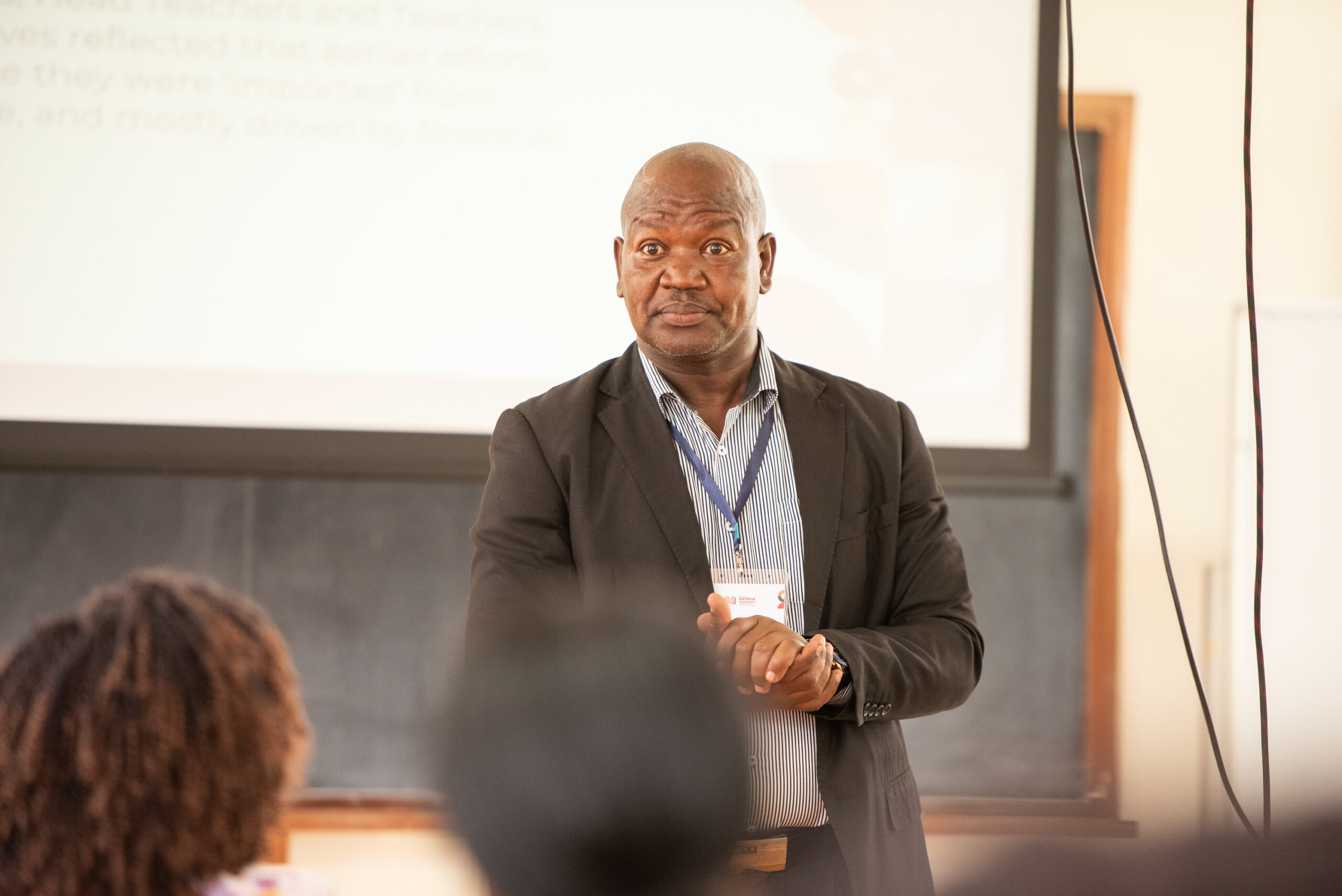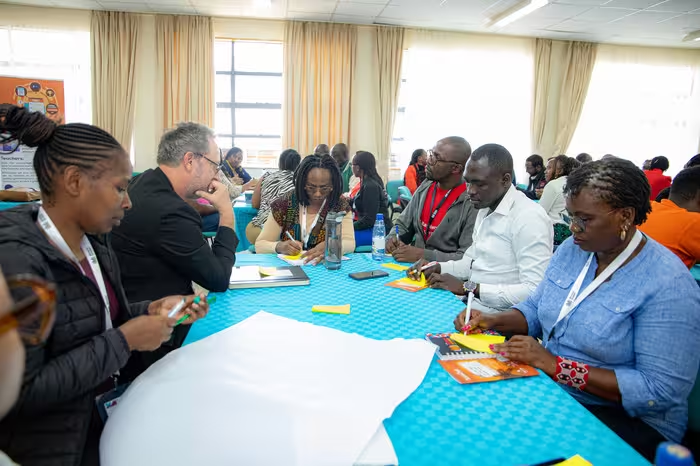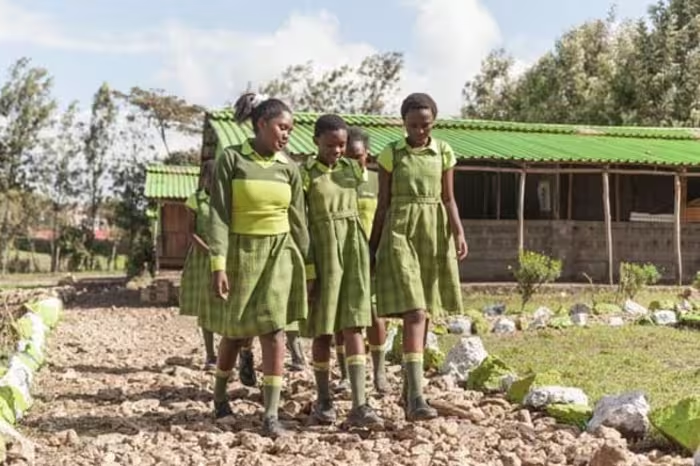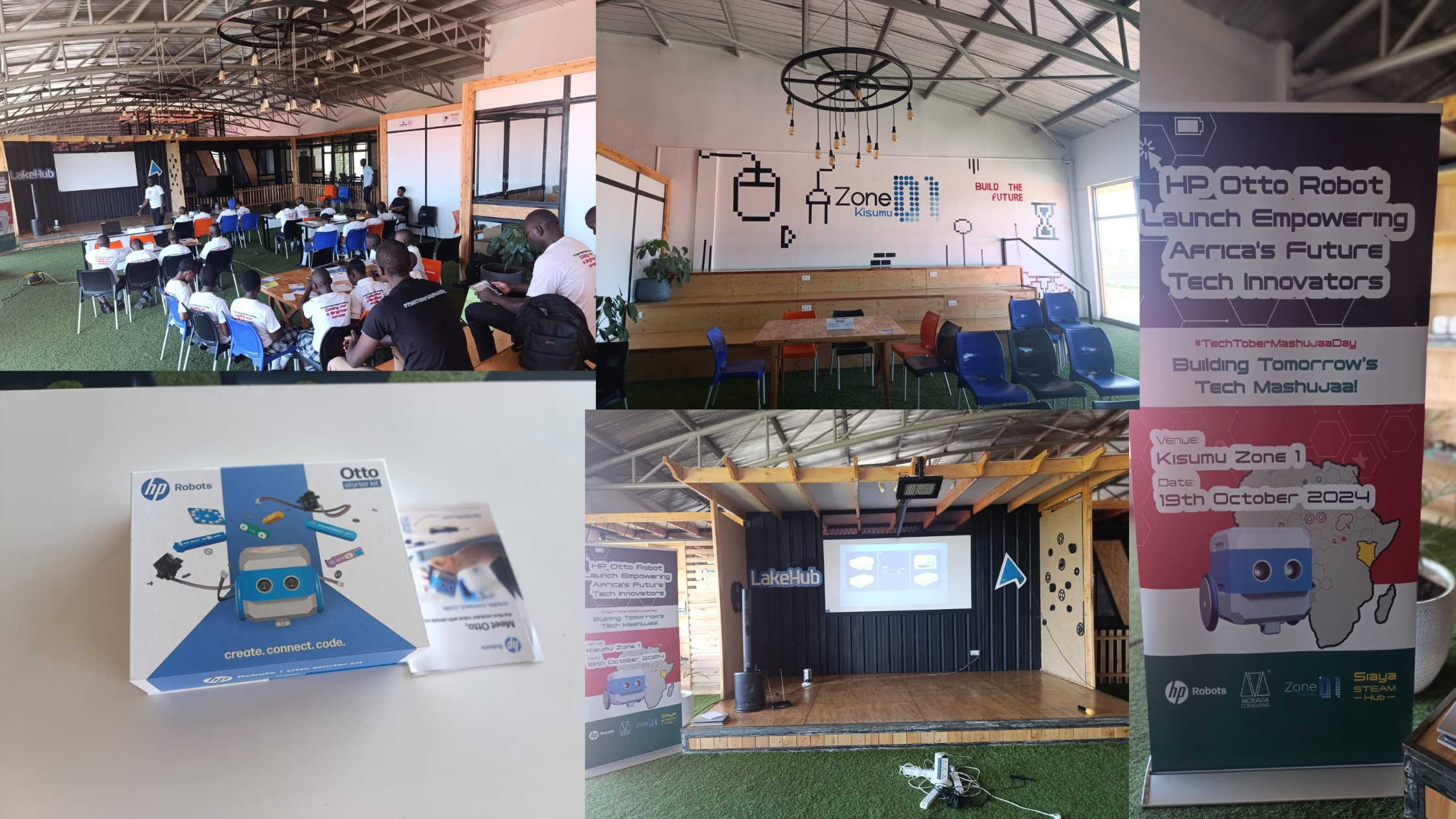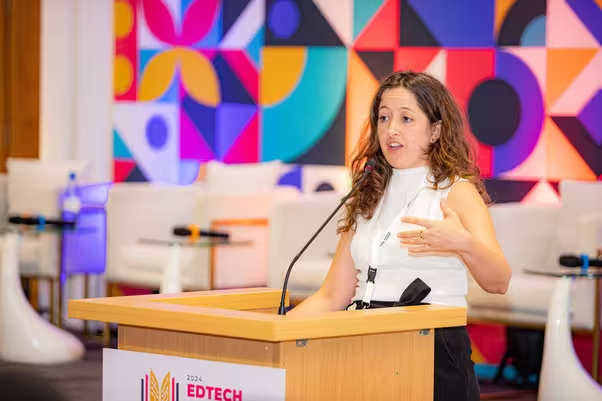By Josaya Wasonga
Let’s take a trip to Sobral. You don’t know where Sobral is? No problem. Google Maps’ got you. From the map, Sobral looks like a tiny dot with nothing to write home about. But don’t let that tiny dot deceive you. Because? Sobral has got a world of a story to tell.
Sobral, a municipality in Ceará in Brazil, has a population of 200,000 inhabitants. Among Brazil’s 26 states, Ceará has the fifth lowest GDP per capita. Ceará and Sobral had low levels of literacy 20 years ago. Then an education revolution of sorts happened.
According to The World Bank, “in just over a decade, Ceará improved the quality of education so much faster than the rest of Brazil. Among them, Sobral went from a bottom-ranked municipality to become first for both primary and lower secondary education and to reach levels of education quality comparable with those of world-class education systems as measured by PISA.”
Ceará has the lowest rates of learning poverty in Brazil and features 10 of the 20 top-ranked municipalities. Sobral has some of the best primary schools in Brazil. The outstanding educational results of Ceará and Sobral students are well above what would be expected given the socioeconomic context in which they live and learn.
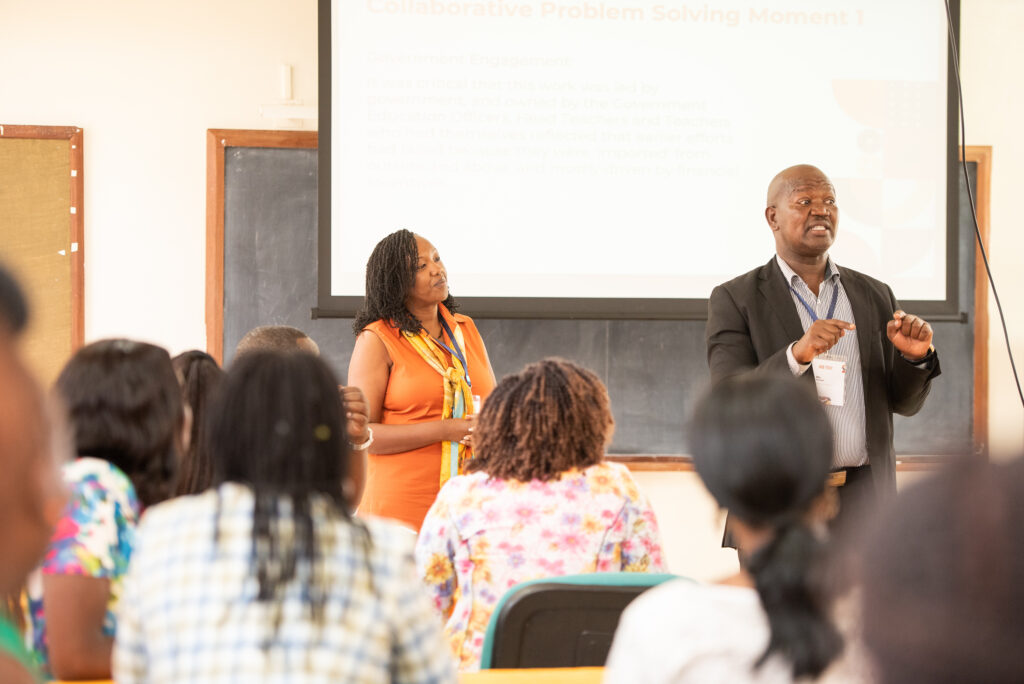
What happened? What changed? How did Sobral do it? That’s what Dr. Samuel Marigat and other educationists went to find out in 2022. The trip, which was under the South-South (Kenyan Chapter) Programme, was to understand why a rural village has such high literacy levels and for educationists to learn the importance of foundational literacy. It’s this knowledge that Dr. Marigat and other players came to share at the 2023 Kenya EdTech Summit. The two-day summit, which was co-created by different players in the EdTech space, led by EdTech East Africa and sponsored by Mastercard Foundation, the EdTech Hub, Oracle Academy, and Amazon Web Services.
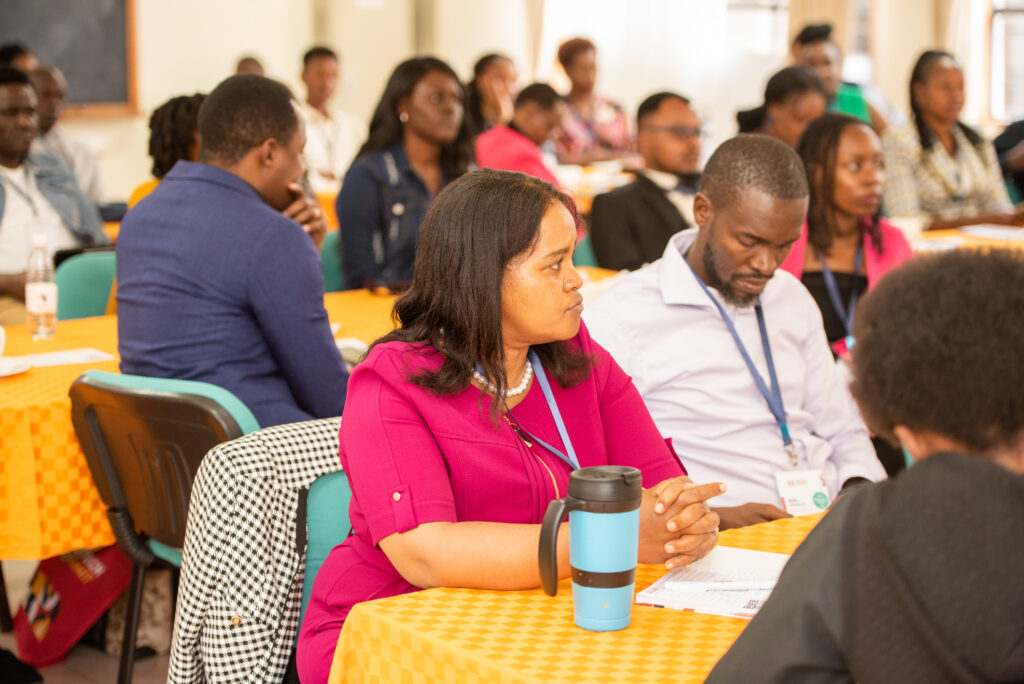
“At the end of the programme, we asked ourselves, ‘What do we go and implement?’” said Dr. Marigat, who’s a Curriculum Support Officer (CSO) at the Teachers Service Commission. “I said we will go to Kirinyaga. The South-South agreed to support us on this initiative in Kirinyaga.”
Kirinyaga rising
In 2020, in terms of education, the most dropped county in Kenya was Kirinyaga. There are 200 public schools and 200 private schools in this county that are located in Central Kenya.
Most foundational literacy programmes are led and funded by development partners. Unfortunately, when the partner leaves, the programme dies. Dr. Marigat was adamant that Kirinyaga’s turnaround would be government-led; from gun to tape.
“The teachers belong to the GoK and are paid by the GoK,” Dr. Marigat explained. “Ditto the heads of departments and CSOs and others. Because it’s government-led, we ensure there’s sustainability. Personalities go, but offices do not. The systems will remain.”
“Because it’s a government-led initiative, we move at the pace of the government. Two, we don’t allow partners to cut and paste their programmes. In Kirinyaga, we say we cook our mukimo – a local delicacy in Central– our way.”
The more, the merrier
Though Kirinyaga’s foundational literacy turnaround is Caesar-led, it is also multisectoral. It is community-centric. As the Swahili proverb warns: “You can’t kill a louse with one finger.” The team to kill illiteracy consists of Dr. Marigat, the country director of education, an official representing the Minister of Education, a steering team representing all the sectors, and a technical team that’s currently working on a manual. Other players who have seats in this roundtable are teachers, heads of institutions, County Directors, parents, CECs, the business community, and elected leaders.
Their approach is four-pronged. One; NGOs and other development partners remain in a position of support. Two; everyone moves at the government’s pace and is allowed to be the pace-setters. Three; they are collecting and learning from shared local data. And four; they have crafted roles and working teams that allow the government to take the lead.
A project on early childhood literacy and numeracy which was carried out in 400 randomly-selected villages in a rural district of Uttar Pradesh, India concluded that: “In order to fully optimise the potential of the community, there is a particular need to strengthen mechanisms for school-community engagement, recognising that home, school and the broader community are all important sites for children’s learning. This could involve implementing mechanisms for regular communication, coordination, and collaboration between teachers, parents, and communities around how best to support children’s learning.”
Fixing the foundation
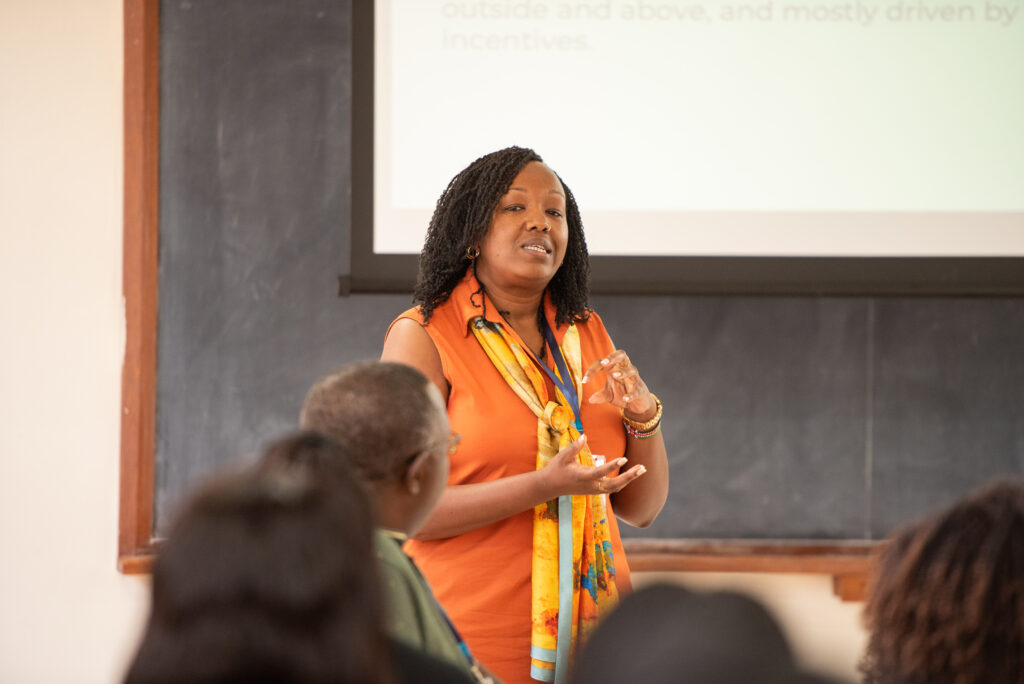
A building can only go as high and be as solid as its foundation. The foundation’s depth must be commensurate to the weight it will carry and the type of soil the edifice will stand on. Every construction material used must be A1. From planning to execution, there are no cutting corners.
Education is a building that houses a nation’s hopes and aspirations. This means that learning outcomes cannot be wished away until foundational literacy is fixed. The mission of education stakeholders in Kirinyaga is to ensure every learner can read by Grade 3. They are aware that Grades 1 to 3 are the foundation. If this isn’t done right, a catastrophic collapse awaits the county and country.
“When we say most learners can read, if there’s one learner who can’t read, is that okay?” Dr. Marigat posed. “When we say 99% can read; what if that 1% is your child, how would you feel? It’s never okay when there’s one child who can’t read.”
In their initiative, no child will be left behind. To achieve this, the team’s work focuses on material development, pedagogy for early grades, and formative assessment. Besides, they have got a much-needed shot in the arm; by putting all ECD teachers on permanent and pension, the county government isn’t just walking the talk but also making the foundation firmer.
Evidence-based learning
John Adams said, “Facts are stubborn things; and whatever may be our wishes, our inclinations, or the dictates of our passions, they cannot alter the state of facts and evidence.”
Facts. Evidence. Two legs that make educational initiatives run, without which such initiatives cannot go anywhere. And Dr. Marigat knows this too well: “We prided ourselves that we were doing well, but evidence showed otherwise.”
Having learnt their lesson, Kirinyagans are doing things differently. The teachers have developed learning materials, which cover four weeks. Every Thursday, without fail, they assess every learner to check their competence level. Thereafter, they start remedial work for learners who have not met the standard. They want to know – and not guestimate – if their learners are meeting the standard.
After the assessment, they have a rubric that has been developed in partnership with the Kenya National Examinations Council (KNEC) and the Kenya Institute of Curriculum Development (KICD). That’s where technology comes in. They get real-time data because their attention is on formative evaluation. They use the evidence brought by the data to inform learning and what interventions are needed for each learner.
Tech and teachers

In Kirinyaga County, every school has a minimum of 40 gadgets. Many of these gadgets are still brand new. Part of the reason why the laptops are still new is because teachers are struggling.
The gadgets are also safe. It’s very tempting to think of the learner when talking about the use of tech in education.
“Let’s put the learners on the back burner. They’re not missing anything,” Ciku Mbugua said. “Let’s not focus on the teachers just to say we’re building technology skills.”
“Let’s equip them to use technology in their day-to-day work. Once the teachers start to perceive technology as an assistant, a tool that makes their tasks easier, then we’re going somewhere. If we want to build the capacity of teachers, we need to figure out how to leverage data; and how they can collect, understand, and use data to make decisions in the classroom. How do we begin a culture of data?”
In Kirinyaga, teachers are “tech-ing” their homework game. They write links to videos the learners need to take to their parents to watch. This has made the parents more involved. It has made parents realise they have a central role to play. It has made them realise that, like the traditional African fireplace, it takes three stones to cook.
This supports the hypothesis that: If pedagogical leaders, teachers, and parents are equipped with the mindset and competency to support the appropriate use of data, teachers and learners will receive targeted impactful support that will ensure every child can read with fluency and comprehension.
Policy
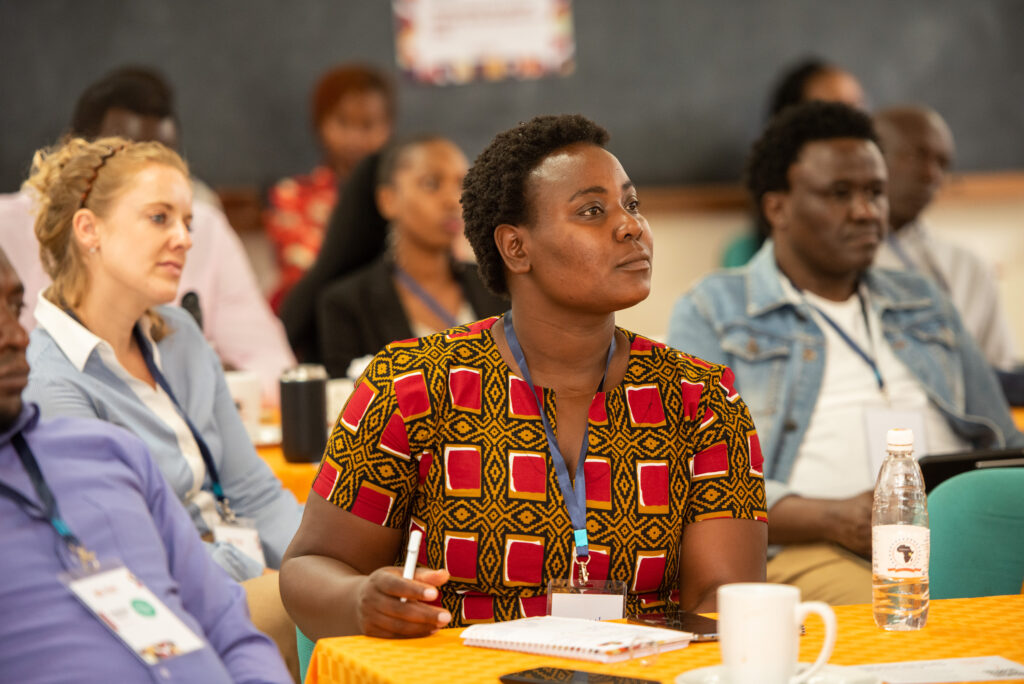
The role of policy in any foundational literacy effort cannot be overemphasised. Before you do anything, ask yourself: “Am I introducing something that’s contrary to policy?” Check the policy.
Even the team in Kirinyaga is toeing the policy line. They are implementing what’s within government policy. They are using digital learning devices from the government. They are not introducing anything new. They brought an official from KNEC when they were introducing their assessment tools.
“Government is about structures,” Dr. Marigat advised. “If you want to discuss the curriculum, go to KICD. If it’s about assessment, talk to KNEC. If it’s teacher management, go to TSC. We cannot talk about publishing books if it’s not approved by the right government agency.”
Here’s the thing. Situations may seem to be alike. But that’s not always the case. There’s a place for learning from others. There’s a place for visiting success stories like Sobral and, like a sponge, soaking in all the lessons. But there’s grave danger in blindly bringing an intervention that worked in other countries and thinking it will work locally. For instance, in nomadic communities, the schools follow the children.
When you go to the village, first find out what works in the village. Then, as they say, work it.
10 down, 90 to go
Dr. Marigat’s team has currently done 10% of all the schools in Kirinyaga County. Next January, they want to roll out the initiative in all the schools in Kirinyaga. That’s 20 of the total 200 public schools, which are scattered in the 81 sub-locations.
There’s an African proverb that says it takes a village to educate a child. A village is made up of people, policies, and potentials. These are what these intrepid educationists will have to tap into to realise their dream of making Kirinyaga the Sobral of Africa.
